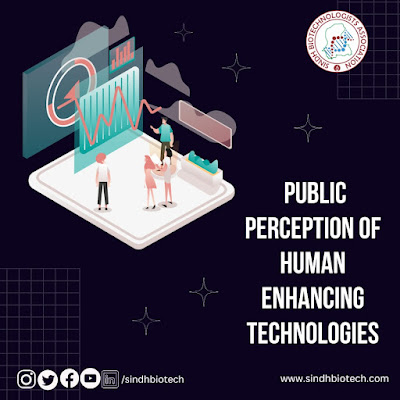Bioluminescence
Light produces within the living organism by a chemical reaction is
called bioluminescence. It is a type of chemi-luminescence which can define as
chemical reaction that produces light. [1] Bioluminescent organism
emits the light which is produce by the energy release from chemical reaction
occurring inside the living organism. Bioluminescence is a cold light which
means that light generates heat or thermal radiation less than 20%.
If you ever seen a firefly, you have encountered with
bioluminescence. Bioluminescence is not that much rare in fact, most type of
animals, from bacteria to shark, has few bioluminescent members. [2]
Most of these organisms are found in ocean. These marine species include bacteria,
jellies and fishes. Some bioluminescent organisms are found on land including
fungi and fireflies; no bioluminescent organism is native to fresh water
habitat. [1]
How bioluminescence produces
Organism produces the light energy through the chemical reaction
this reaction occur when the specie contain luciferin, a molecule, that
produces light when react with oxygen. There are different types of luciferin
which vary specie to specie. Many organisms produce the enzyme luciferase,
which help to speed up the reaction.
Animals can control when they have to light up depending on their
needs whether a mate or a meal. Bioluminescence can control by regulating their
chemistry or brain process. Some bioluminescent organism bundled the luciferin
with oxygen which is called “photoprotein” (pre-packaged bioluminescence bomb)
ready to light up when certain ion (typically calcium) becomes present. These
organisms can even chose the color and intensity of light.
Why animals produce bioluminescence
For feeding:
Animals use bioluminescence to attract their prey towards their
mouth. Or light up their nearby area so they can see their meal a bit better.
Sometimes the prey being attract can be small plankton, like those attracted to
the bioluminescence around the beak of Stauroteuthis octopus
For attracting mates:
Animals do not use bioluminescence only for searching food but it
also uses their light for attracting their mates. A tiny crustacean, male
Caribbean ostracod, uses bioluminescent signals on their upper lip to attract
female. Syllid fireworms live on the seafloor, but with the
commencement of full moon they move towards the open water, where the female of
some species like Odontosyllis enopla, uses their light to attract
males when moving around the circle.
Human connection with bioluminescence
Scientist can use bioluminescence as a tool to learn more about
ocean and it’s mysterious. Edie Widder, a researcher specializes in
bioluminescence, with a group attempting to film the giant squid for the first
time. She assumed that giant squid could be attract to the light attached to a
fake squid, not because it wanted to eat the fake small giant but because its
flashing light burglar alarm which means that there was large prey in the
surrounding area. [3]
Researchers are investing the chemicals and their phenomenon involved
in bioluminescence to understand how it can be used to make life easier and
safer.
Bioluminescence uses would be experimental for example
bioluminescent trees could be use to light the streets and highways so it can
reduce the use of electricity. Bioluminescent crop could luminescence when they
need nutrients or water or when they are ready to harvest. This would reduce
the cost associated with agribusiness. [2]
REFERENCES
- https://www.nationalgeographic.org/encyclopedia/bioluminescence/
- https://oceanservice.noaa.gov/facts/biolum.html
- https://ocean.si.edu/ocean-life/fish/bioluminescence
By: Aisha Mehak




Marvelous approach 👌👌👌
ReplyDelete